Nederlands
English
Deutsch
Français
In many Asian countries, algae are celebrated as the “green miracle from the ocean.” These nutrient-packed superfoods are not only incredibly healthy but also a sustainable choice that benefits our planet. From sushi and smoothies to chips and salads, algae are making their way into kitchens around the world. Discover why algae are truly the green gold of the sea.
This article will cover the following topics:
Algae have been around for centuries, thriving in the world’s oceans and seas. While they might seem like a new trend in the West, they’ve been a dietary staple in the East for thousands of years. The first recorded use of algae as food dates back to 600 B.C. in China, where they were considered a delicacy reserved for the imperial family.
In Japan, algae were first commercially cultivated in the 8th century and have been a cornerstone of Japanese cuisine ever since. Most people know algae from sushi and poké bowls, but did you know they can be used in many other dishes too?
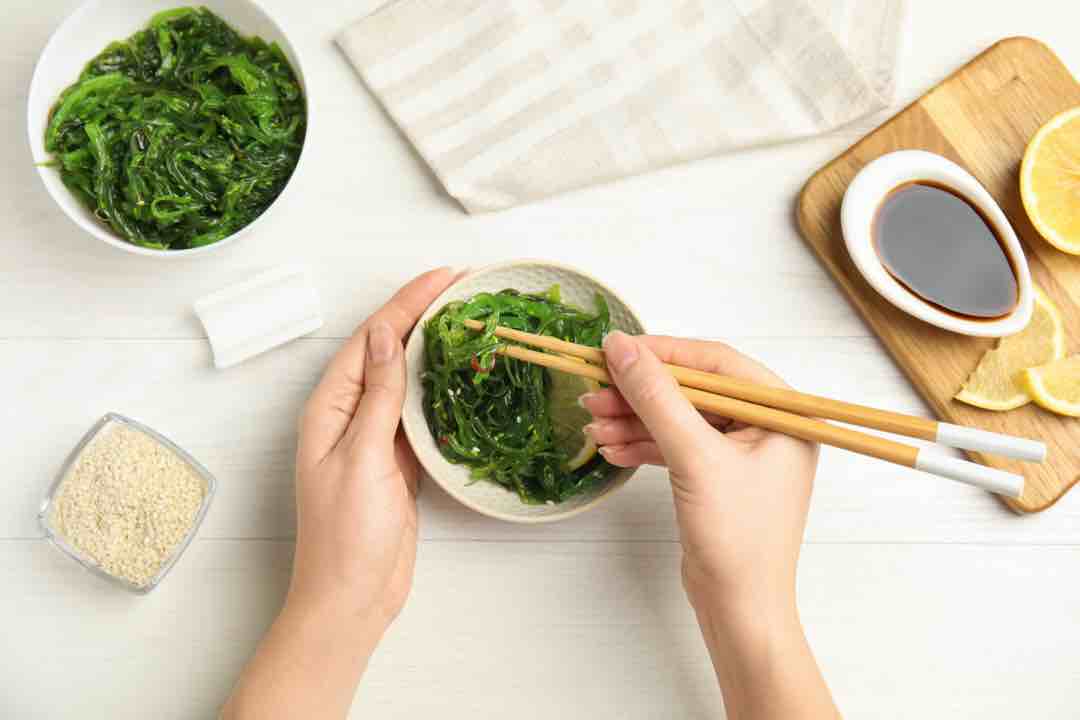
“Algae” is a collective term for a diverse group of photosynthetic organisms that grow in various aquatic environments, including oceans and seas. Algae can be broadly divided into three main types: green, brown, and red. Each type has its own unique characteristics, nutrient profiles, and uses. In most kitchens, green algae are the most commonly used type.
Green algae, like Ulva (often called sea lettuce), typically thrive in shallow coastal waters where sunlight can reach the sea floor. These algae are packed with vitamins and minerals and are frequently used in salads or as a garnish in various dishes.
Brown-green algae, such as kelp and wakame, usually grow in colder waters and can reach impressive sizes. For instance, kelp can grow up to 60 meters long and forms extensive underwater forests that provide shelter for various marine life. These algae are rich in iodine, alginate, and fucoxanthin, a powerful antioxidant. They are commonly used in soups, salads, and are increasingly featured in dietary supplements.
Other types of algae, like nori and dulse, flourish in warmer coastal areas and deeper waters. They are especially rich in proteins, vitamins, and omega-3 fatty acids. Nori is the most famous of these and is primarily used to make sushi rolls.
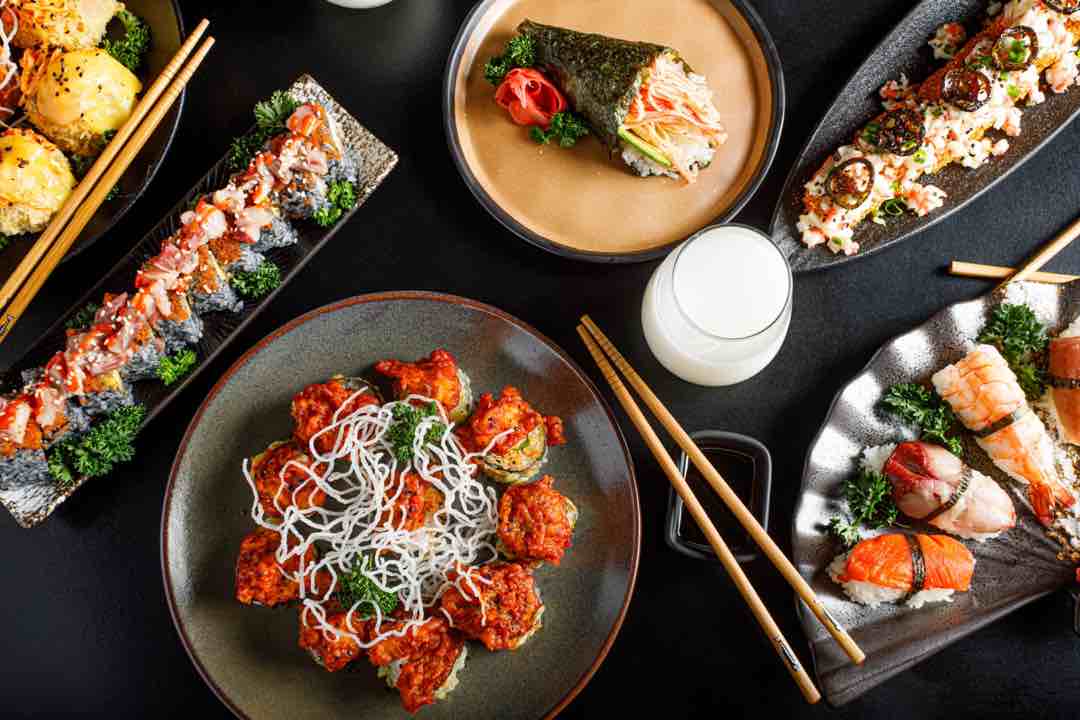
Algae are mainly harvested in two ways: by manually collecting them from the sea or by growing them in dedicated algae farms.
Manual harvesting involves gathering algae directly from their natural habitat. This usually happens along rocky coastlines during low tide, when the algae are exposed and easy to spot. Harvesters use special tools like knives or sickles to cut the algae, taking care to leave part of the plant so it can regrow. This method is often used for algae types such as dulse and sea lettuce.
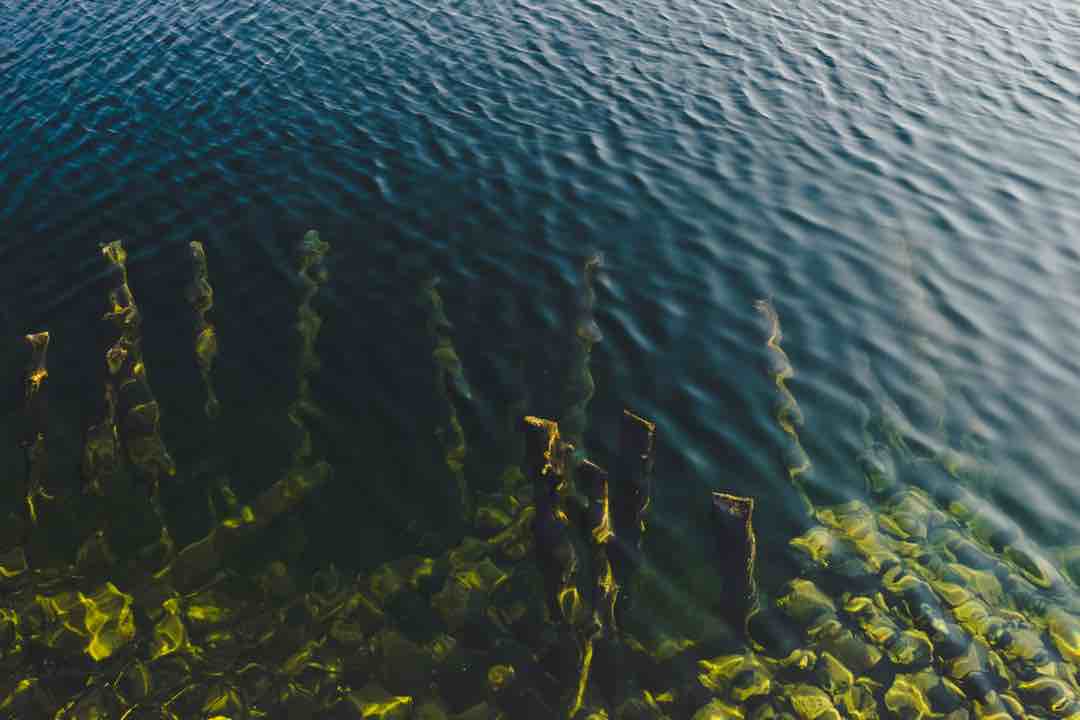
Algae farms are specially designed areas in the ocean or coastal waters where algae are cultivated. Seedlings are attached to ropes or nets and hung in the water. Within just a few months, they’re ready for harvest. This approach has many benefits: it helps protect wild populations, ensures steady and fast growth rates, and supports large-scale production. Harvesting is often done using specialized equipment.
Algae are one of the most sustainable and nutritious food sources available. They grow incredibly fast and don’t need freshwater, fertilizers, or pesticides, which makes them very environmentally friendly. Plus, algae absorb large amounts of carbon dioxide and help reduce ocean acidification, playing a key role in fighting climate change. Algae farms have minimal impact on marine ecosystems and also provide habitats for sea creatures. By harvesting and using algae, you’re helping to create a more sustainable future.
Algae are an incredibly versatile ingredient with many uses in various cuisines. They’re especially prized in sushi and dietary supplements for their high levels of vitamins, minerals, and antioxidants. Here are some other delicious ways to use algae:
In cosmetics, algae are valued for their moisturizing and anti-aging benefits and are commonly found in creams, serums, and masks.
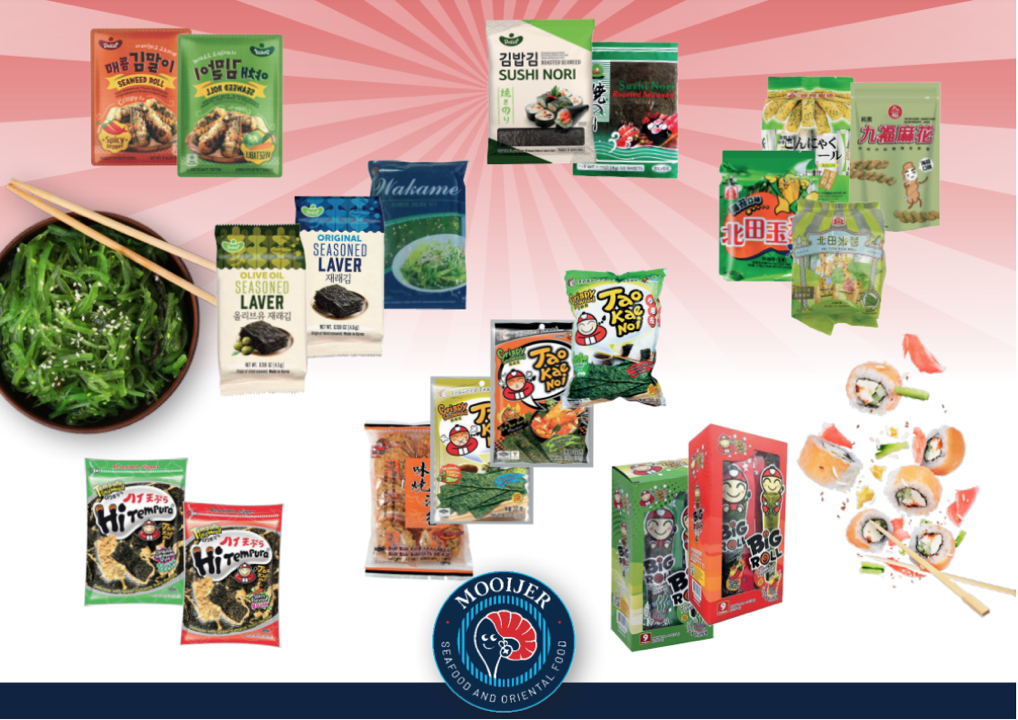
The internet is full of algae recipes, especially for sushi. Here are two creative and healthy dishes you can try:
Ingredients:
For the Dressing:
Instructions:
Ingredients:
Instructions:
Enjoy these tasty and nutritious seaweed dishes! They’re a great way to add the benefits of algae to your daily diet. For more delicious seaweed recipes, check out receptenmetzeewier.nl.
Preparing algae is simple and versatile, making it a fantastic addition to many dishes. Dried algae, such as wakame or dulse, should be soaked in cold water for 5-10 minutes until they become soft. Nori, commonly used in sushi, doesn’t need soaking; it’s typically used directly or lightly toasted to enhance its flavor.
Fresh algae can be rinsed and added straight to salads, soups, or stir-fries. Alternatively, you can grind them into a powder and add them to smoothies, sauces, or bread dough for an extra nutritional boost.
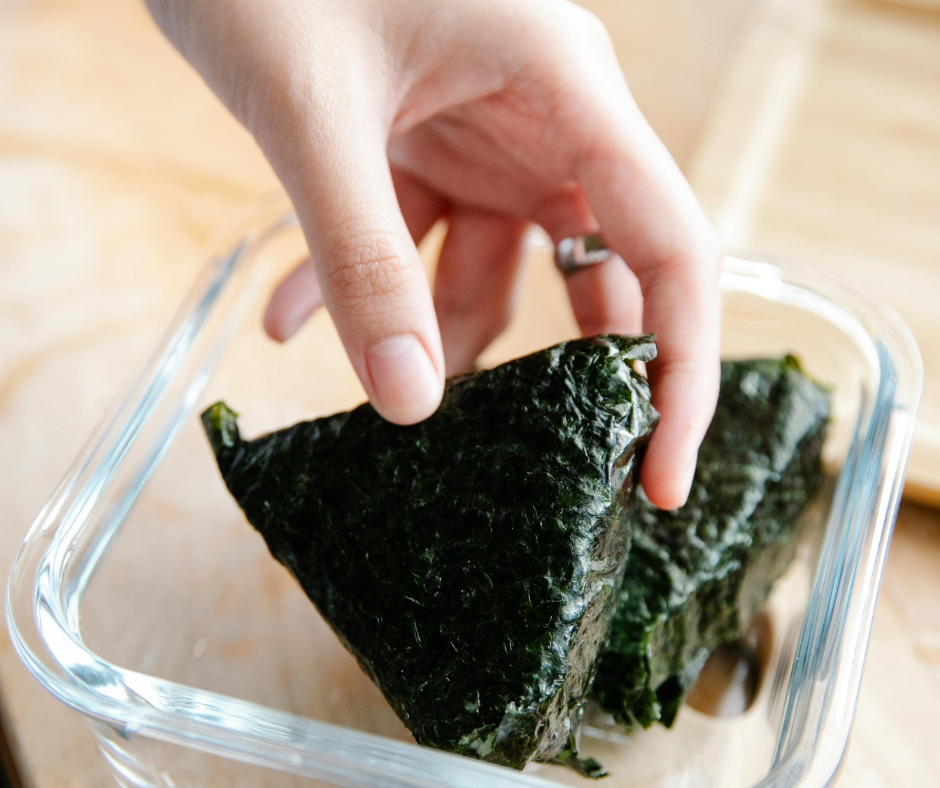
Algae are nutritional powerhouses, packed with essential vitamins and minerals. They’re particularly rich in iodine, which is vital for a healthy thyroid function. Algae also provide a range of vitamins, including A, C, E, K, and various B vitamins.
In addition to these vitamins, algae are an excellent source of minerals like calcium, magnesium, potassium, and iron. They’re loaded with antioxidants that can help reduce inflammation, and their fiber supports healthy digestion. The fibers also help you to feel full longer and can therefore aid in weight management. Plus, algae are a great source of omega-3 fatty acids, which are important for heart and brain health.
At Mooijer, we offer a diverse range of algae products to suit various culinary needs. Whether you’re making sushi, salads, soups, or experimenting with your own recipes, we’ve got you covered. If you don’t see the specific algae product you’re looking for, just reach out to us to explore potential options. For reliable and high-quality algae, Mooijer is your go-to destination.